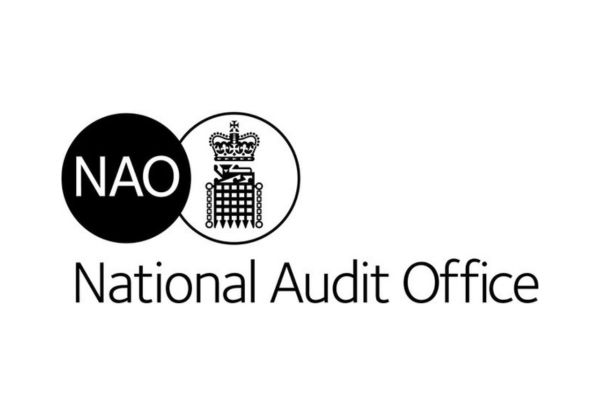MoD must address deficiencies in F-35 fighter jet programme to strengthen the UK’s warfighting capability
- 37 F-35 stealth fighter aircraft currently in service, against a commitment to eventually purchase 138 aircraft. The F-35 is technologically far superior to any previous UK military aircraft.
- Aircraft availability, pilot flying hours and overall UK F-35 capability are currently lower than expected due to MoD and global programme failings.
- £18.76 billion whole-life cost forecast by MoD is considerably lower than the NAO’s £71 billion estimate, which factors in aircraft, personnel and infrastructure costs.
The combined shortcomings of the global and UK F-35 stealth fighter aircraft programme – including delays, lower-than-expected availability, infrastructure gaps and personnel shortages – are undermining the armed forces’ warfighting capability, although some significant military and economic benefits have been achieved, according to a new National Audit Office (NAO) report.1
The Ministry of Defence (MoD) began taking delivery of F-35B aircraft in 2012,2 as part of a global programme run by the Joint Program Office (JPO) in Washington, D.C. It has committed to purchasing 138 aircraft, with 38 having been received another 10 on order but no approved timetable for purchasing the rest.3 The MoD expects its F-35 aircraft to remain in service until 2069.
The F-35 is significantly superior to any previous UK aircraft, particularly in its stealth capabilities, its fusion of information from different sensors and its electronic warfare technology.
But the UK programme is experiencing delays. Plans to equip the aircraft with important weapons, including the integration of UK-developed missiles, and to assure the MoD that the aircraft retains its stealth capabilities have been pushed back until the 2030s.4 Full delivery of the first batch of 48 aircraft is also behind schedule due to a combination of financial pressure and problems with the global programme.5 This means that the MoD now expects to declare Full Operating Capability at the end of 2025, two years later than planned, and with several gaps against its initial requirements.
Other ongoing issues facing the UK programme include personnel shortages across a range of roles, most significantly in engineering posts; difficulty in securing spare parts and support equipment from the global programme; and poor aircraft availability rates, resulting in fewer flying hours for pilots than the MoD wants.6
The MoD has spent £11 billion to date on its F-35 programme – more than it has reported, and more than it anticipated it would spend at the time of the 2013 business case.7 The NAO has also estimated the whole-life cost of the programme to the UK to be £71 billion – considerably higher than the £18.76 billion the MoD has publicly reported.8
Committing early to the global programme has helped bring the UK industrial and other benefits. For instance, UK companies now manufacture at least 15% by value of all F-35 aircraft, even though the MoD is buying under 5% of total production. This has so far resulted in £22 billion of contracts for UK companies.
Day-to-day programme management has benefitted from strong leadership and robust processes, but some longstanding MoD practices act as barriers to more effective management and increased capability. To overcome these barriers, the NAO recommends that the MoD considers structural changes, such as extending the length of senior programme staff tenures, providing appropriate financial and commercial freedoms, simplifying lines of accountability, and streamlining approvals regimes.
To provide a more robust basis for future investment decisions, the NAO further recommends that the MoD develops, maintains and updates a whole-life assessment of the value it intends to deliver through its F-35 programme. This should include a clear weighting of all military and non-military benefits, including a tighter measurement of the capability of the F-35 aircraft based on high-level characteristics and key user requirements. It should also fully calculate future forecast costs, building on its new whole-life cost calculation.
Gareth Davies, head of the NAO, said:
“The F-35 programme offers significantly improved capability and considerable economic benefits to the UK. But the capability benefits are not being fully realised due to delays, infrastructure gaps and personnel shortages.
“The MoD now needs to decide where to prioritise its resources to improve capability in a way that maximises the full benefits of the F-35 programme to the UK.”






